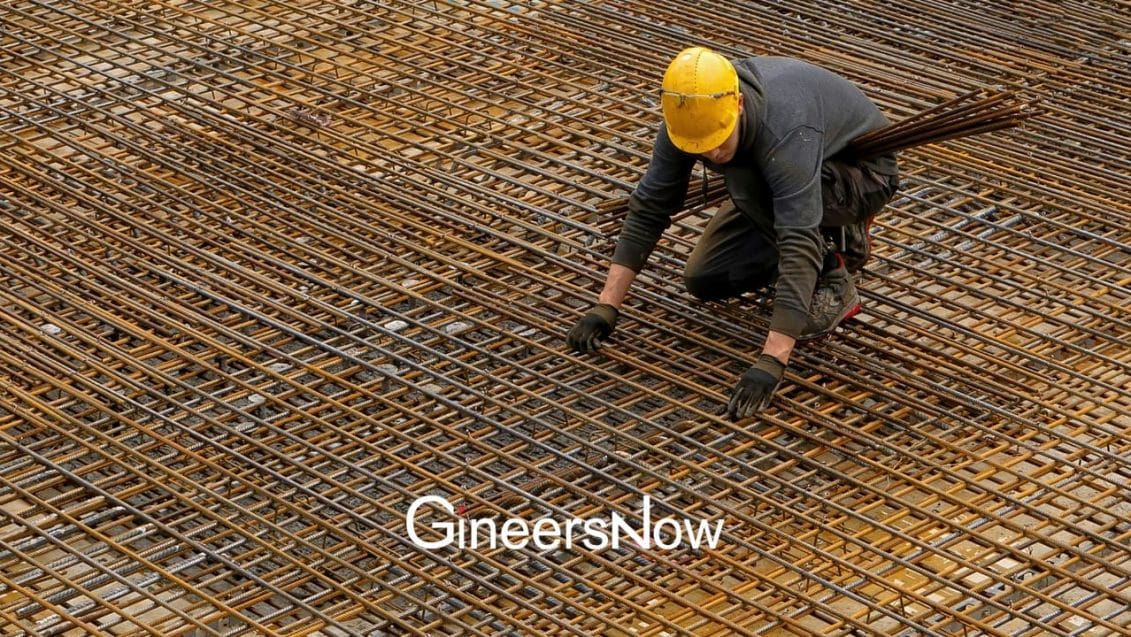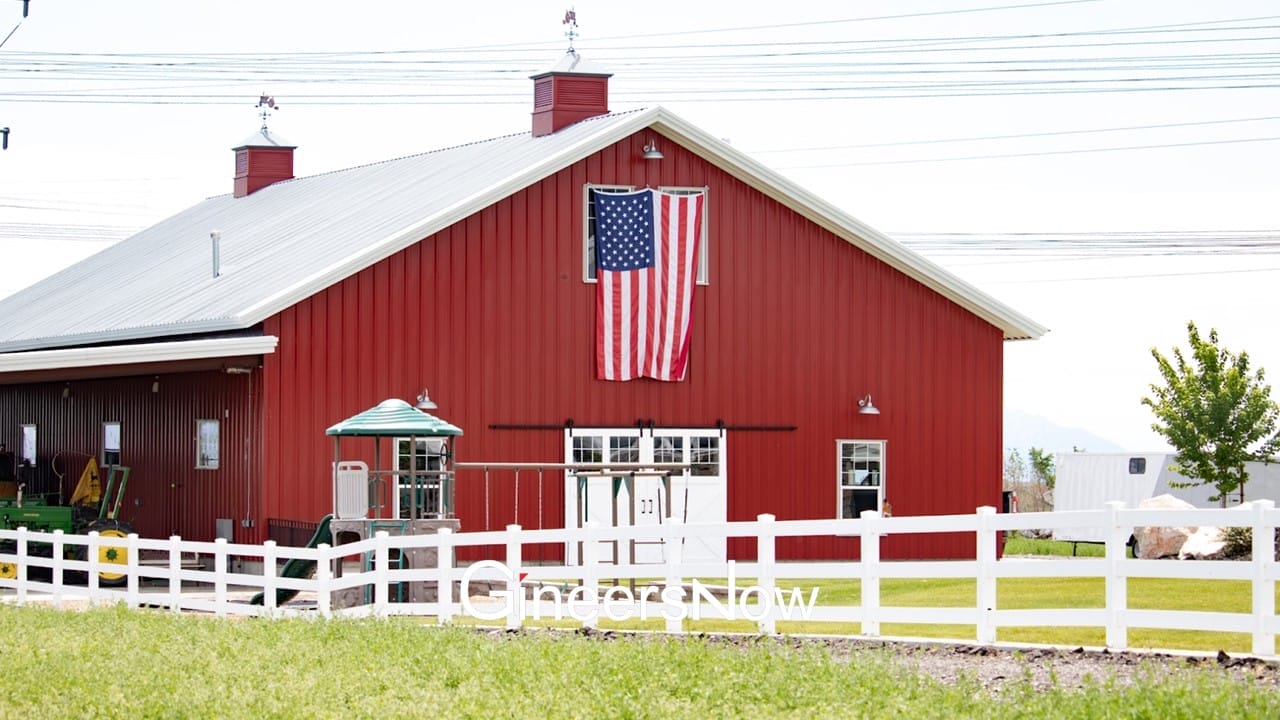When boosting the original structure’s load-bearing capability, reinforcements are crucial for retrofitting existing buildings and are more cost-effective than replacing them. The structural sector traditionally utilized steel to create structural reinforcements. Read on this piece to learn more on fiberglass, its types, uses and why it is now considered the best material for structural reinforcement.
What is Fiberglass Reinforcement?
Whenever a builder buys concrete or mortar, pours a foundation or builds anything else using concrete, they always use reinforcing material or reinforcement. The conventional metal strengthening of the construction is familiar to most people. Based on fiberglass, a new product called reinforcement of fiberglass—also called basalt, composite or polymer reinforcement—has recently hit the market. It works rather well in place of metal reinforcing. Reinforcement consisting of non-metallic rods of glass, aramid, basalt or carbon or fibers added with thermosetting or thermoplastic polymer binders is called fiberglass reinforcement, often referred to as composite reinforcement.

Five Types of Fiberglass
Several kinds of fiberglass are available on the market, each with unique qualities and composition. Some of the common types of fiberglass and their uses include:
1. A-Glass Fiberglass
A-glass fiber, often known as “soda-lime glass” and “alkali-resistant glass,” is the most widely accessible fiberglass. This type of fiberglass is so prevalent that alkali glass makes up about 90% of all fiberglass. The food and beverage industry is the one that mostly uses A-glass fiber, as it is used to make drinking glasses and jars for food.
Tempered A-glass fiber can also be used to manufacture bakeware and A-glass fiberglass variants are also used to make window panes, or “flat glass.” A-glass fiberglass is highly sought-after because of its toughness, affordability and chemical stability. In addition to being comparatively more environmentally friendly than other reinforcing materials, it is also simple to work with and can be melted and softened several times.
2. C-Glass Fiberglass
The “C-glass,” sometimes known as “chemical glass,” originates from its strong resistance to chemical assault. This makes C-glass the “go-to” material for chemical storage since it can withstand various conditions. Since it has high concentrations of calcium borosilicate and other high-pH chemicals used in its production, C-glass kinds of fiberglass exhibit and offer structural equilibrium even in highly corrosive conditions. C-glass is typically employed as surface tissue in the outermost lamination layer of pipes and tanks used to store liquids such as water, chemicals and other substances.
3. D-Glass Fiber
Since D-glass fiberglass contains boron trioxide, it has a low dielectric constant, one of its unique features and the reason it’s the best fiberglass for optical connections. Since borosilicate is present in D-glass fiberglass, it also has a very low coefficient of thermal expansion, which means that it does not expand with rising temperatures. Based on this characteristic, D-glass fiber is a material that is widely used in cookware, bakeware, kitchenware and electrical appliances.
4. E-Glass Fiber
Often known as “electrical glass,” e-glass varieties of fiberglass are lightweight composite materials widely used in various sectors, including aerospace, marine and other industrial applications. Because of this, E-glass is also the primary component of the bonded fiber cloth, sometimes known as E-fiberglass cloth. It is an industry-standard cloth with a draping characteristic that allows you to operate more cleanly and with outstanding performance at a low cost. In general, industrial and non-apparel areas can employ fiberglass fabric.
5. S-Glass, T-Glass or R-Glass Fiber
Despite having three distinct names, they are all the samilar. R-glass, S-glass and T-glass are trade names for fiberglass with unusually high tensile strength and modulus, particularly when compared with E-glass. These fiberglass varieties have greater acidic strength and wetting qualities, achieved by lowering filament diameter. The S-glass fiberglass is widely used in defense and aerospace, particularly in stiff ballistic armor. Because of its specialized application, this fiberglass is manufactured in lesser amounts, which means it costs more than other varieties of fiberglass. Its exceptional performance contributes to its expensive price.
Why Choose Fiberglass
Fiberglass is a unique material with various applications based on its qualities, making it preferable for multiple uses. It is an excellent option for electrical or broadcasting applications since it is an insulator undetectable to most transmissions.
Fiberglass has a lot of advantages over metals in terms of cost, but it also saves a lot of weight, which is crucial for applications like pleasure and transportation. Fiberglass is lightweight, inexpensive, and has a strong structural foundation. For this reason, fiberglass can be widely used in recreational, home and automotive equipment as a reinforcing material.
Final Thoughts
Fiberglass has gained popularity over comparable components since it lasts longer, is more flexible and environmental friendly. Fiberglass production processes, raw materials and composition vary depending on the kind of fiberglass and its intended use. Basing on the above types, features and capabilities, fiberglass can be a fantastic reinforcing material across various industrial and commercial industries.














